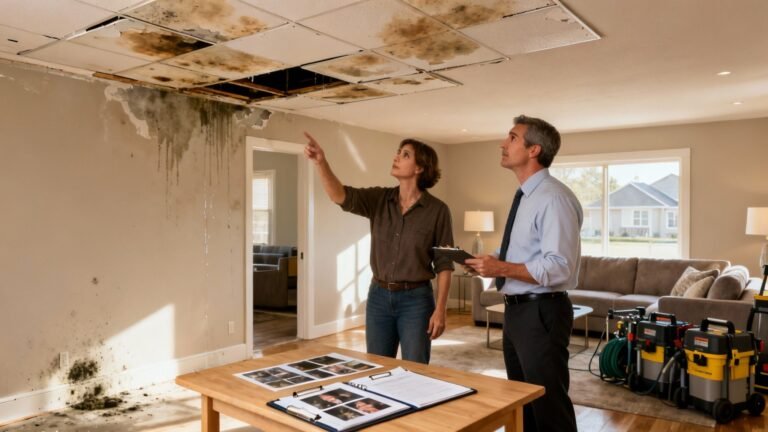
Your Guide to the Home Insurance Claim Process in Los Angeles
When you discover a burst pipe flooding your kitchen or the smoky aftermath of a small fire, your world tilts
Mold in your home is more than a nuisance. It spreads quickly, impacts indoor air quality, and can harm your health. While professional remediation is the safest option for large outbreaks, small mold patches can often be handled with DIY methods—if done correctly. This guide explains when it’s safe to try mold removal yourself, what methods work best, and when it’s time to call in experts.
The first warning sign is often smell. Mold produces a musty, stale odor, like damp clothes left too long in a bag. Some species give off sharper notes, similar to yeast or fermenting beer. Discoloration or dark patches on walls, ceilings, or baseboards usually follow.
Not all mold is visible. It can grow behind drywall, under flooring, or inside HVAC ducts. Left unchecked, it weakens structures, lowers air quality, and may trigger respiratory problems. Black mold is particularly concerning and should never be ignored.
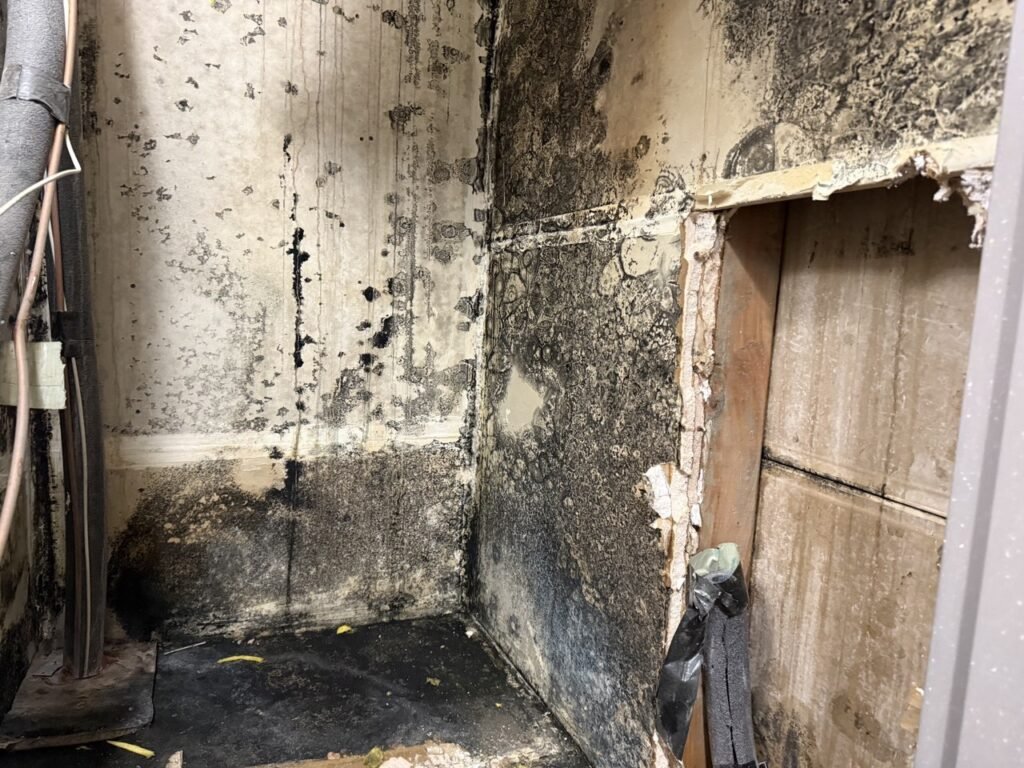
Mold thrives in damp, poorly ventilated areas. Common culprits include:
Leaky pipes or fixtures
Roof damage
Condensation in bathrooms or basements
Humidity buildup, especially in coastal Los Angeles homes
According to EPA guidelines, mold growth smaller than 10 square feet (a 3×3 ft patch) can typically be handled with DIY methods. Anything larger, or mold with an unknown source, requires professional remediation.
Mold spreads through microscopic spores that easily become airborne. Before cleaning, protect yourself with:
Non-porous gloves
Goggles or safety glasses
A properly fitted N95 (or better) mask
Also:
Ventilate the area by opening windows and doors
Cover HVAC vents with plastic or towels to stop spores from circulating
Contain the work zone if possible
Several household products can kill mold and neutralize odors. Always allow the solution to sit before wiping—scrubbing too soon may spread spores.
Use undiluted white vinegar for best results
Spray directly, wait at least an hour, then scrub and rinse
For sensitive materials (like leather), dilute with equal parts water
Sprinkle directly or mix 1 tbsp with 500ml (17 oz) water in a spray bottle
Effective for both odor removal and scrubbing
Can be combined with vinegar for stronger results
Spray directly on the surface
Let bubble for 10–15 minutes before wiping clean
Kills mold and disinfects
Mix 1 tbsp oil with 1 cup water in a spray bottle
Spray on affected area and do not rinse
Shown in studies to outperform vinegar against some molds
If natural remedies aren’t enough, EPA-registered cleaners can help:
Concrobium Mold Control: Kills mold and prevents regrowth
RMR-86 line: Includes disinfectants and instant stain removers
Mold Armor products: Available as sprays, foggers, and protectants
Always read directions carefully, test on a small area first, and ensure ventilation while using chemical products.
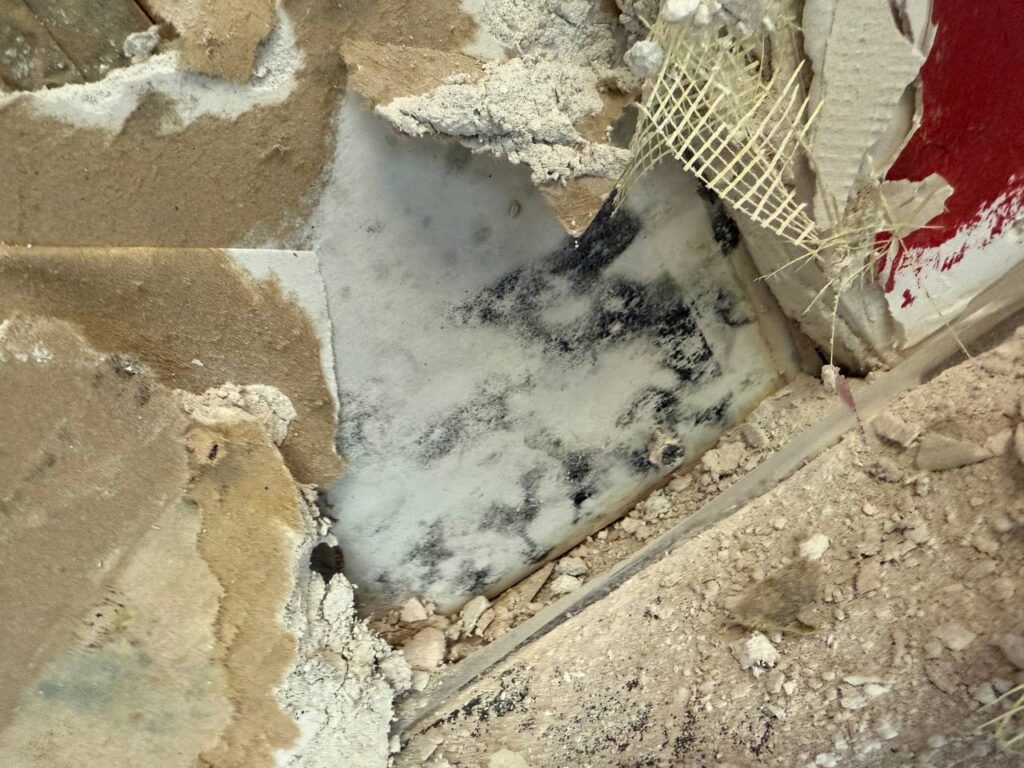
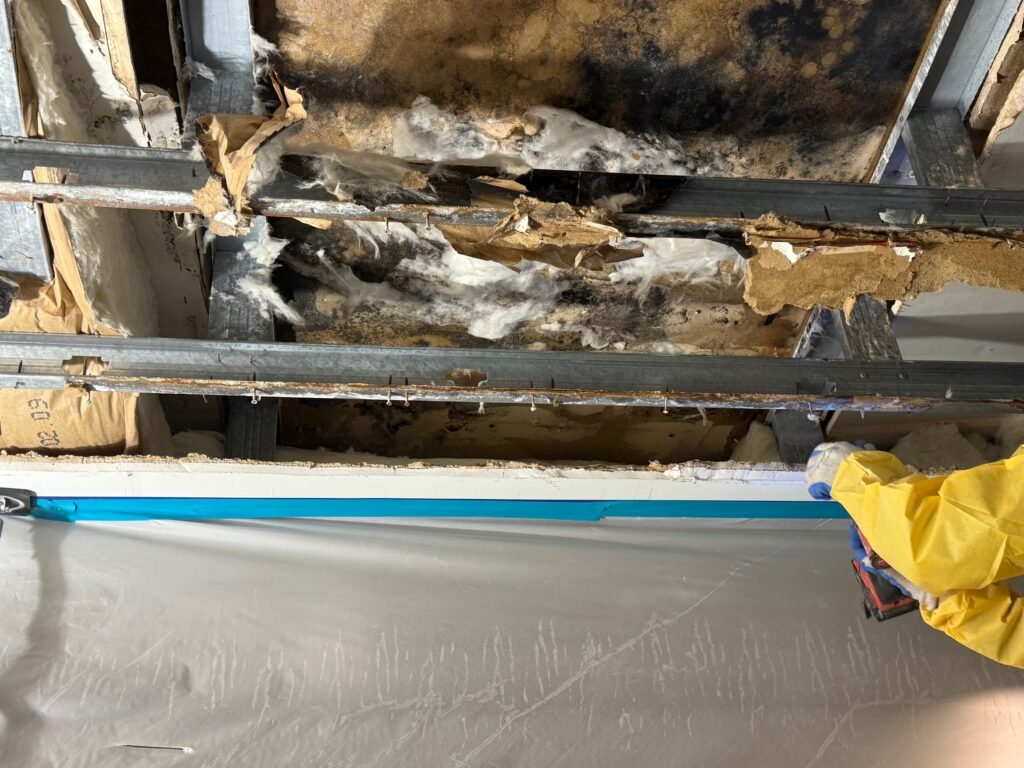
DIY methods are not suitable for every situation. Call a certified mold remediation service if:
The affected area is larger than 10 sq. ft.
Mold is inside HVAC systems
Black mold or recurring infestations appear
Structural materials (like framing or insulation) are compromised
Professionals use negative air machines, containment barriers, and HEPA filtration to ensure spores don’t spread during removal. They also trace moisture to its true source, preventing mold from coming back.
Wiping stains without stopping leaks or humidity guarantees regrowth. Do instead: Find and fix the source first. Verify with a moisture meter or dry-out plan.
Dry agitation launches spores into the air. Do instead: Lightly mist with water or cleaner first to limit aerosolization.
Cloth masks, bare hands, or no eye protection increase exposure. Do instead: N95 or better, non-porous gloves, goggles.
Bleach doesn’t penetrate drywall, wood, or grout well and can leave moisture behind. Do instead: Use vinegar, 3% hydrogen peroxide, or EPA-registered products designed for mold on porous surfaces. Remove and replace if materials are colonized.
Aggressive brushing can drive spores deeper or spread them. Do instead: Apply, dwell, gentle agitation, then wipe. HEPA vacuum after.
Fans blowing across the work area or open HVAC vents spread spores to clean rooms. Do instead: Isolate the area, cover supply/return vents, ventilate to the outdoors if feasible.
Standard vacuums exhaust spores back into the air. Do instead: Use a HEPA vacuum for pre-clean and post-clean. Run a HEPA air scrubber if available.
Large areas or hidden growth need professional controls. Do instead: DIY only if total affected area is under ~10 sq. ft. Call a pro for larger, recurring, or hidden mold.
Wet carpet pads, insulation, or baseboards can reseed mold. Do instead: Remove unsalvageable, water-damaged, or mold-colonized porous materials.
Wiping immediately reduces effectiveness. Do instead: Follow label dwell times; typical 10–60 minutes depending on product.
Combining cleaners (e.g., bleach + ammonia) can create toxic gases. Do instead: Use one product at a time. Rinse per label before switching.
Surfaces left damp will regrow mold. Do instead: Dry to normal moisture levels with dehumidification and airflow; confirm with a moisture meter.
Trying to handle mold with surface-level cleaning often fails if the root cause remains. Professional inspections, like those from Onsite Pro Restoration, include moisture mapping and mold testing to locate hidden growth.
If you’re dealing with persistent mold, or aren’t sure whether DIY is safe, schedule a professional assessment. A quick inspection today can prevent structural damage and protect your health long-term.

Pete Mantizian is the dedicated owner of Onsite Pro Restoration. He is driven by a passion to improve living conditions and prevent health issues caused by improper restoration. With over 10 years in construction and 7 years in restoration, Petros has managed projects for major franchises like Serv-Pro and 911 Restoration. He holds certifications in Applied Structural Drying, Microbial Remediation, and more. Committed to excellence, Petros ensures every project is done right the first time. Outside of work, he cherishes time with his loving wife and two children, balancing his fulfilling career with creating lasting family memories.
Share
Sometimes home remedies aren’t enough to fully solve a mold problem. Call (818) 336-1800, email info@onsitepro.org, or use the form below to get expert advice. Our certified team can inspect your home, explain your options, and provide safe, lasting mold remediation when you need it.

When you discover a burst pipe flooding your kitchen or the smoky aftermath of a small fire, your world tilts
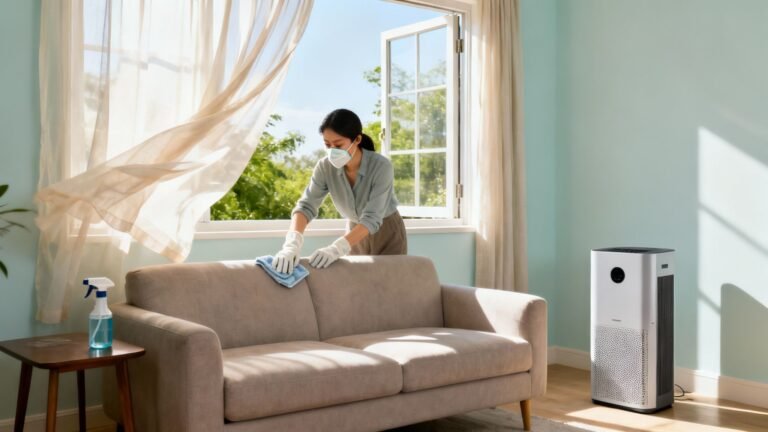
Getting the smoke smell out of your house for good is a marathon, not a sprint. It’s a process that
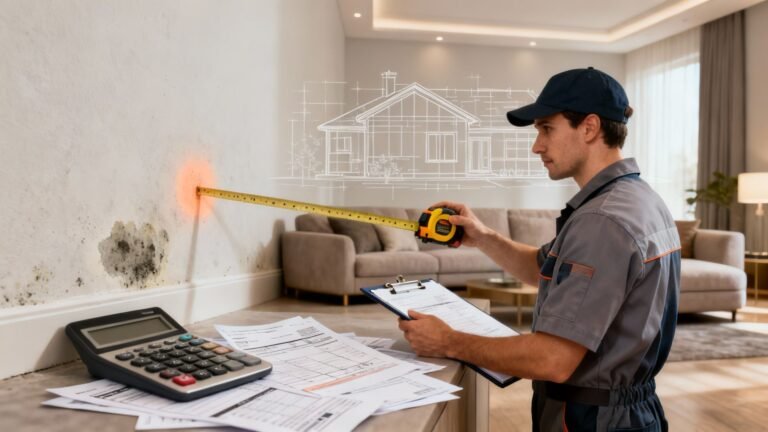
When you find mold in your Los Angeles home, the first question that pops into your head is always the